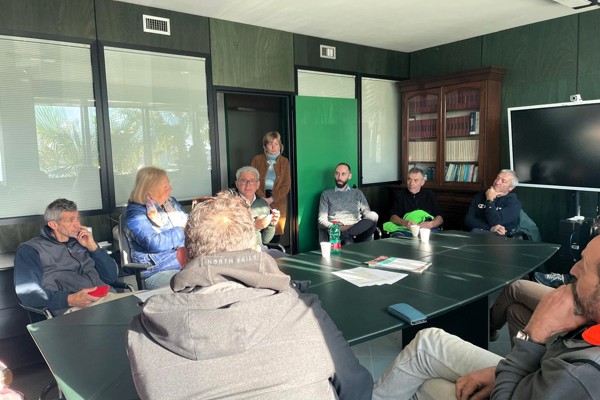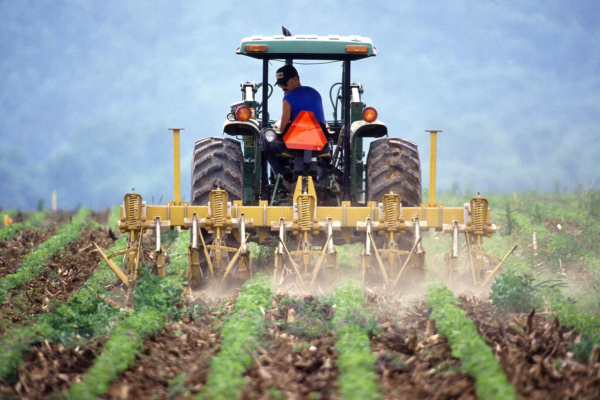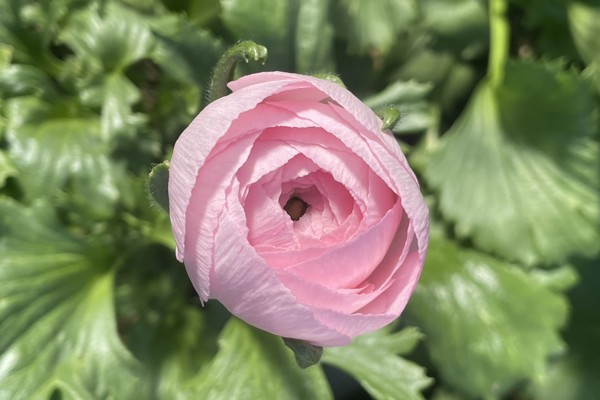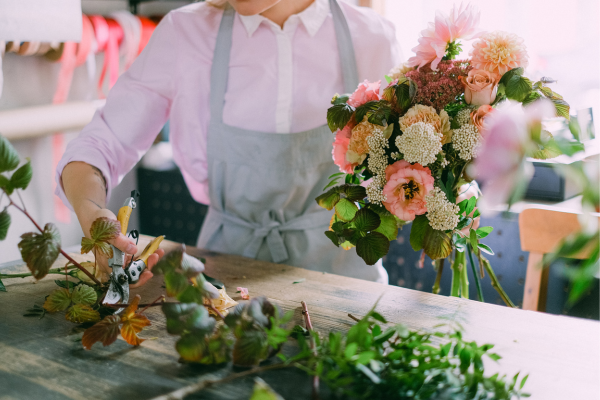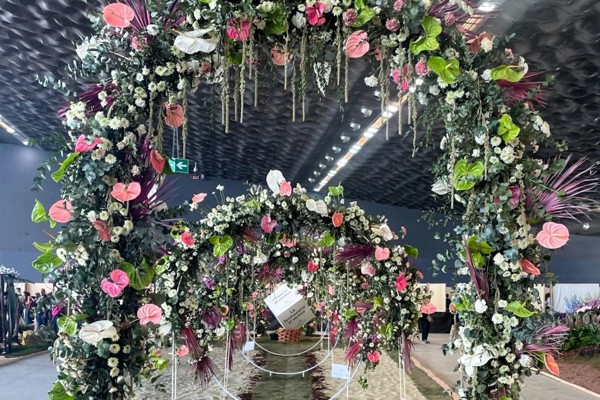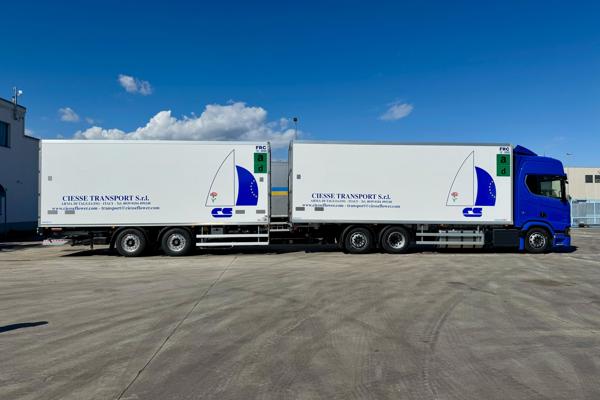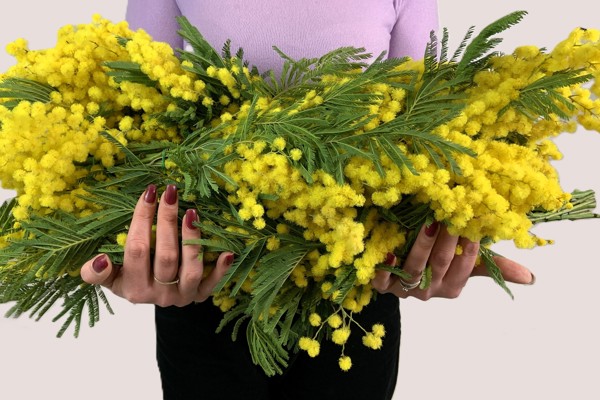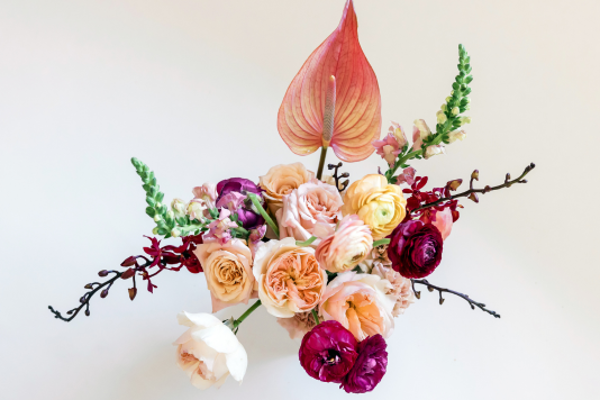
Top Five Trends in the Floral Industry for 2025
The world of floristry is blossoming in innovative and inspiring directions for 2025, reflecting our evolving relationship with nature, sustainability, and technology. From nature-inspired palettes to AI-powered tools, here are the top five trends shaping the floral industry this year:
1. Nature-Inspired Palettes and Bold Colors
Color continues to be a driving force in floral design, and 2025 celebrates both earthy tones and vibrant splashes of color.
- Earthy Elegance: Soft, nature-inspired hues like terracotta, olive green, and soft beige evoke tranquility and a deep connection to the natural world. These palettes are perfect for creating warm, inviting environments in personal spaces and events.
- Dazzling Colors: On the other end of the spectrum, bold colors like deep purples, fiery oranges, and rich reds are taking center stage. These vibrant tones allow florists to craft eye-catching designs that captivate audiences and spark creativity.
2. Asymmetrical and Unique Arrangements
Florists are embracing unconventional designs that push the boundaries of traditional arrangements.
- Asymmetry in Design: Gone are the days of symmetrical perfection. Asymmetrical arrangements, featuring unexpected shapes and textures, are growing in popularity. These designs encourage viewers to appreciate the uniqueness of each bloom and branch.
- Dried and Preserved Elements: Incorporating dried flowers and branches adds a layer of texture and longevity to floral creations, offering a modern twist on traditional bouquets.
3. Sustainability Takes the Lead
As environmental awareness grows, the floral industry is adopting eco-conscious practices that prioritize the planet without compromising on beauty.
- Sustainable Floral Arrangements: Florists are designing arrangements that last longer and often include multipurpose elements. Dried flowers, upcycled from unsold blooms, are transformed into elegant, durable creations.
- Biodegradable Packaging: The shift away from harmful plastics and floral foam is evident, with compostable wraps, recycled paper, and reusable materials becoming the new standard.
4. Edible Flowers in Culinary Creations
The boundary between floristry and gastronomy is blurring as edible flowers make their way into kitchens, reflecting broader consumer interest in sustainable living, unique culinary experiences and the fusion of food with art and wellness.
- Gourmet Innovation: Chefs and mixologists are teaming up with florists to craft stunning edible flower arrangements that enhance dishes and beverages. From garnishing cocktails with vibrant blooms to incorporating flowers into intricate desserts, this trend merges visual beauty with culinary delight.
5. AI-Powered Floral Design and Virtual Tools
Technology is transforming how we interact with flowers, making the design process more interactive and personalized.
- Virtual Arrangement Platforms: Customers can now preview custom bouquets in 3D, allowing them to visualize floral designs in specific spaces or events before purchasing.
- AI-Driven Customization: AI tools are offering personalized floral recommendations based on preferences, moods, or even astrological signs. This technology empowers florists and customers alike to create highly tailored arrangements.
These trends showcase the floral industry's innovative response to evolving consumer desires, embracing eco-friendly practices and technology to meet the needs of eco-conscious, tech-savvy clients.
At Ciesse, we are committed to helping you turn these trends into growth opportunities.; with our varied product range, we offer everything you and your clients need to create nature-inspired palettes, unique arrangements, and sustainable designs. Furthermore, we are dedicated to creating a sustainable future by embracing eco-friendly practices, such as reducing greenhouse gas emissions through solar energy adoption, operating advanced trucks to minimize CO2 emissions, and actively pursuing innovative solutions like e-Fuels to further decrease our environmental impact.




